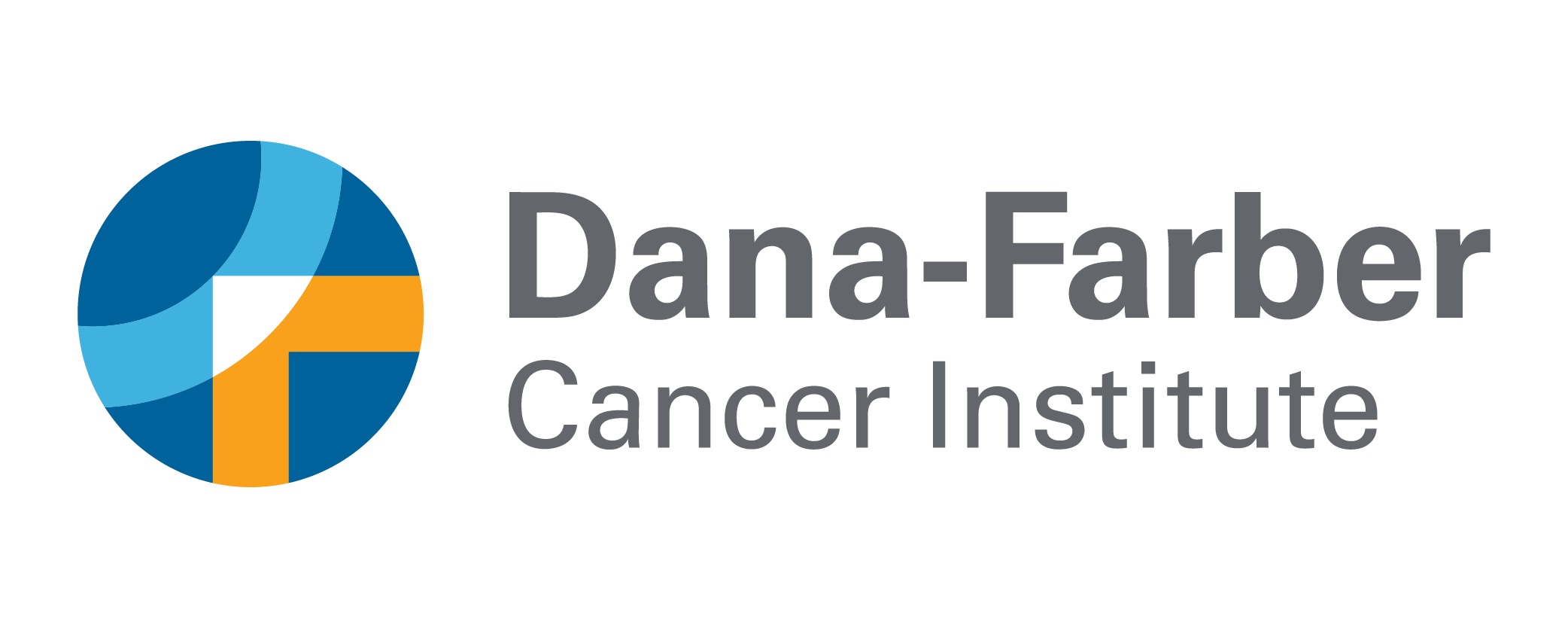Newswise — ATLANTA – In a Phase 1 trial, patients with an advanced or aggressive form of systemic mastocytosis (AdvSM), a rare blood disorder, had rapid and durable responses with few adverse effects following treatment with an investigational drug that targets the genetic mutation found in more than 90 percent of cases. The once-daily pill, BLU-285, targets a mutation called KIT D816V that is found in almost all cases of AdvSM, a disease that originates in mast cells, a type of white blood cell. The results of this trial were presented at the 59th American Society of Hematology (ASH) Annual Meeting and Exposition in Atlanta.
“We are seeing a high rate of rapid and durable responses, with a very low rate of adverse side effects, in patients with an advanced or aggressive form of the disease,” said lead study author Daniel J. DeAngelo, MD, PhD, director of clinical and translational research, adult leukemia, Dana-Farber Cancer Institute. “The rapidity of the improvement is extremely dramatic.”
Most standard chemotherapy drugs work by killing cells in the body that are growing and dividing rapidly; this includes cancer cells, but the drugs don’t distinguish between cancer cells and normal cells. Targeted drugs, by contrast, are designed to zero in on and neutralize genetic features of cancer cells that make them different from normal cells and allow the cancer cells to grow and spread. Because they are designed to specifically target cancer cells while leaving normal cells alone, targeted therapies usually have different, and sometimes milder, adverse side effects than standard chemotherapy drugs.
In this study, BLU-285 quickly produced lasting reductions in both cellular levels of mast cells and molecular levels of the mutated gene. Of 18 evaluable patients with aggressive systemic mastocytosis, 72 percent had an overall response, and 100 percent had disease control.
The normal role of mast cells is to help protect the body from infection and aid in wound healing. Systemic mastocytosis occurs when mast cells start to grow uncontrollably. In its aggressive form, it spreads rapidly throughout the body, invading the liver, spleen, and organs of the gastrointestinal tract. It can also develop into a rare blood cancer, mast cell leukemia. Existing treatments for AdvSM are of limited effectiveness.
BLU-285 was designed specifically to block the genetic mutation that drives the growth and spread of mast cells in AdvSM, DeAngelo said. The primary objective of the Phase 1 study was to identify the “maximum tolerated dose” of BLU-285 – that is, the highest dose that could be given without unacceptable levels of adverse effects. Secondary objectives were to assess the drug’s activity in the body, including anti-cancer activity.
In the BLU-285 dose escalation study, the first three patients enrolled received a low dose of the study drug and were monitored for adverse effects. If no adverse events were seen, the next three patients received a higher dose, and so on. Dose escalation was stopped when adverse events were seen in 30 percent of the patients treated. Dosing began at 30 mg per day and increased in a stepwise fashion to 400 mg per day.
This Phase 1 trial was designed primarily to identify a safe dose of BLU-285, not to evaluate the drug’s effectiveness. The investigators are now planning a Phase 2 study that will assess the effectiveness of a once-daily dose of 300 mg of BLU-285 in a larger number of patients.
About Dana-Farber Cancer Institute From achieving the first remissions in childhood cancer with chemotherapy in 1948, to developing the very latest new therapies, Dana-Farber Cancer Institute is one of the world’s leading centers of cancer research and treatment. It is the only center ranked in the top 4 of U.S. News and World Report’s Best Hospitals for both adult and pediatric cancer care. Dana-Farber sits at the center of a wide range of collaborative efforts to reduce the burden of cancer through scientific inquiry, clinical care, education, community engagement, and advocacy. Dana-Farber/Brigham and Women’s Cancer Center provides the latest in cancer care for adults; Dana-Farber/Boston Children's Cancer and Blood Disorders Center for children. The Dana-Farber/Harvard Cancer Center unites the cancer research efforts of five Harvard academic medical centers and two graduate schools, while Dana-Farber Community Cancer Care provides high quality cancer treatment in communities outside Boston’s Longwood Medical Area. Dana-Farber is dedicated to a unique 50/50 balance between cancer research and care, and much of the Institute’s work is dedicated to translating the results of its discovery into new treatments for patients in Boston, and around the world.
###
